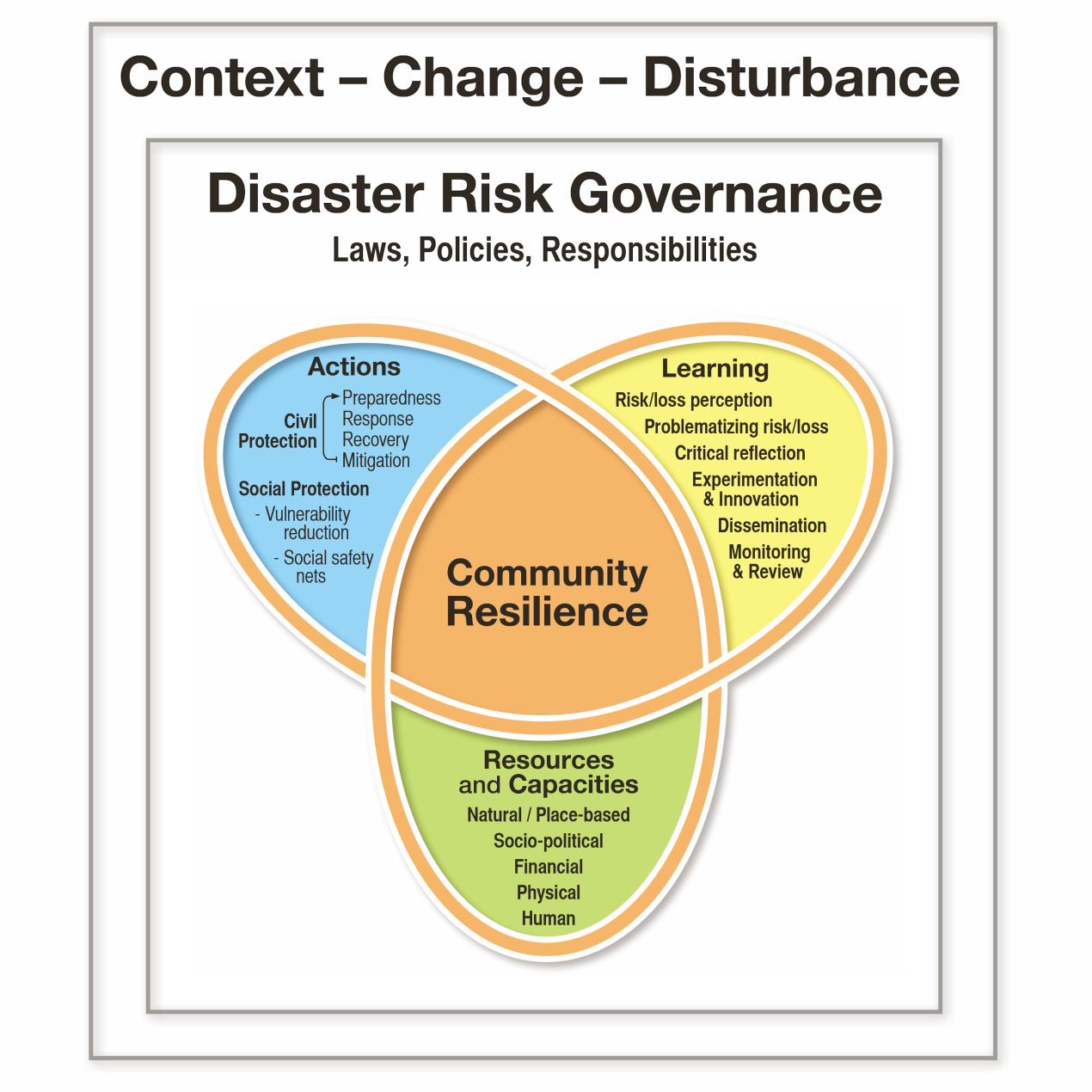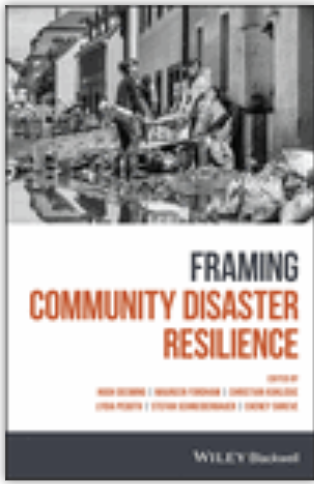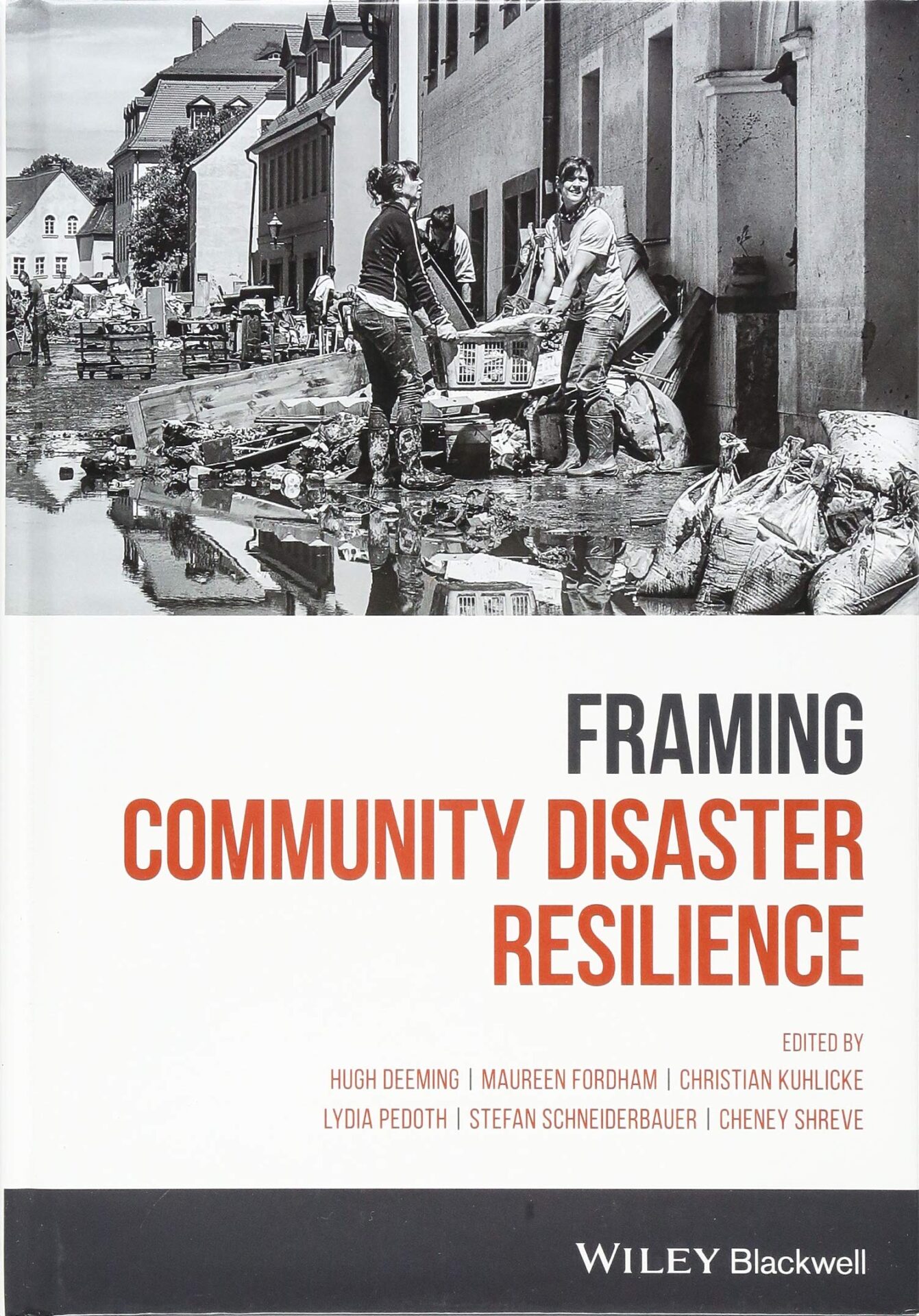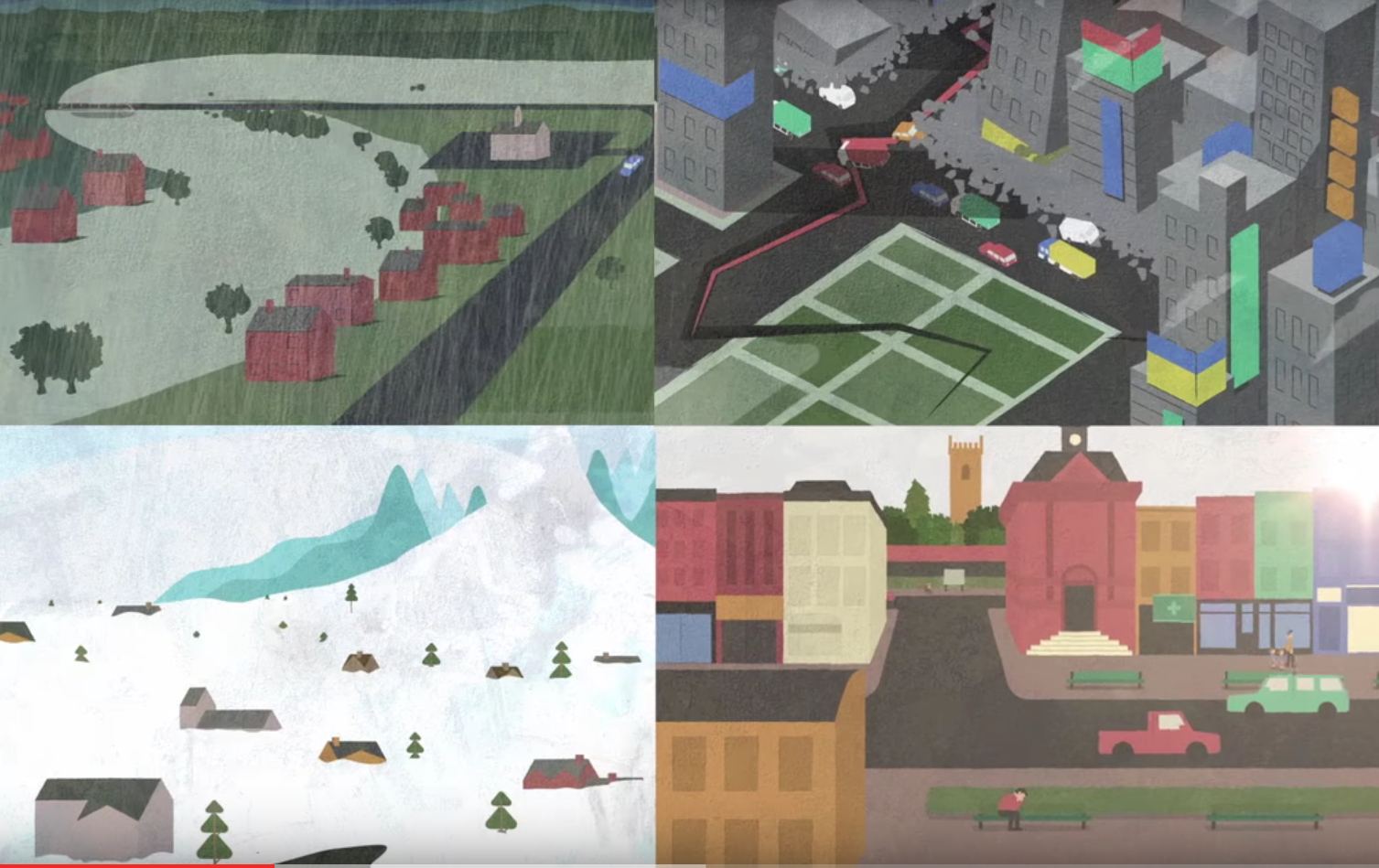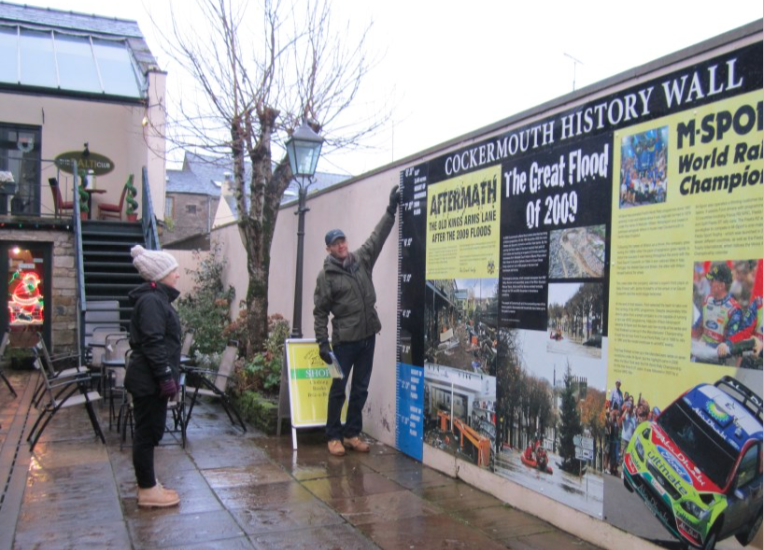
Hugh Deeming
Dr Hugh Deeming is a research consultant based in Bentham, North Yorkshire. Following his most recent research experience ...
Conceptualizing community resilience to natural hazards – the emBRACE framework
This paper describes the emBRACE framework of community resilience - a heuristic analytical tool for understanding, explaining and measuring community resilience to natural hazards.
Managing Complex Systems: The Need to Structure Qualitative Data
This paper shows how 'structured output' methods can ‘abstract’ important issues and concepts and feed into planning and policy outputs.
Framing Community Disaster Resilience: Resources, Capacities, Learning, and Action
Framing Community Disaster Resilience (textbook) offers a guide to the theories, research and approaches for addressing the complexity of community resilience towards hazardous events or disasters.
Building Resilience Amongst Communities in Europe (emBRACE): Understanding Community Disaster Resilience
This animation visualises and explains the key components of the emBRACE project framework, and illustrates its potential utility as a tool to better understand CDR processes in communities.
Social Learning and Resilience Building in the emBRACE Framework
This report explores how the challenges faced by communities at risk from environmental hazards might be tackled via the application of social learning practices.
